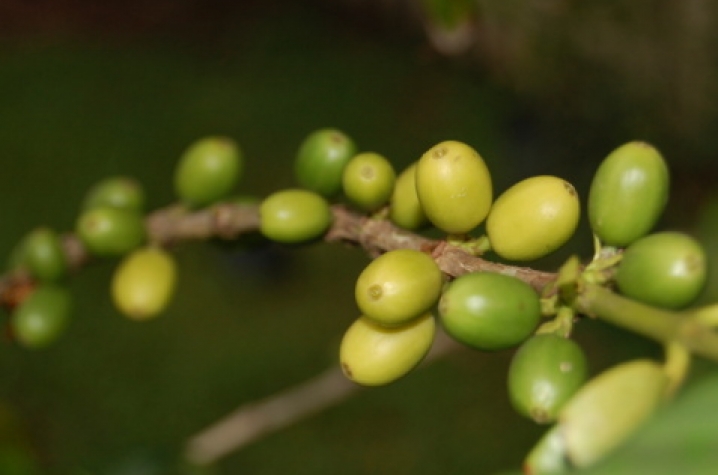UK Research Could Save Coffee Bean Crops

LEXINGTON, Ky. (Feb. 18, 2010) – A group of international researchers, which includes entomologists from the University of Kentucky College of Agriculture, made an important discovery that could potentially give an economic boost to coffee growers worldwide.
Coffee is one of the biggest cash crops in many parts of the world, and the coffee berry borer is the most important and widespread pest of the coffee berry. The female borer will lay her eggs in the coffee beans and the larvae will feed on the bean. The berry borer causes economic losses estimated at $500 million each year, affecting the income of the more than 20 million families in coffee producing countries.
During her research, Juliana Jaramillo with the International Centre of Insect Physiology and Ecology in Nairobi, Kenya, noticed the thrips species, Karnyothrips flavipes, feeding on the pests in coffee berries collected from Western Kenya.
In order to confirm this natural predator/prey relationship, Jaramillio sent the thrips for gut content analysis to Eric Chapman, a post doctoral scholar in UK entomologist James Harwood’s laboratory. During content analysis, researchers obtain and analyze DNA of prey from a predator’s digestive tract. Harwood’s laboratory at UK is one of only a handful in the world that performs this type of analysis. Chapman confirmed that thrips are predators of the coffee berry borer.
“Eric designed species-specific markers to identify the coffee berry borers inside the guts of these tiny predators,” said Harwood, an assistant professor. “Identifying predators and prey in a food web could lead producers to more sustainable methods of pest control and ultimately allow us to disseminate management recommendations, based on these results, to coffee farmers worldwide.”
While this research is a significant beginning, Chapman and Harwood said more research is needed to determine how effective the predator is in biologically controlling the pest, especially in other parts of the world. More research will be conducted to determine whether this prey will be effective worldwide and how early they can be introduced, in order to contain the damage caused by the borer.
The research was published in Naturwissenschaften-The Nature of Science. In addition to Jaramillo, Chapman and Harwood, Fernando Vega from the U.S. Department of Agriculture was a co-investigator.




